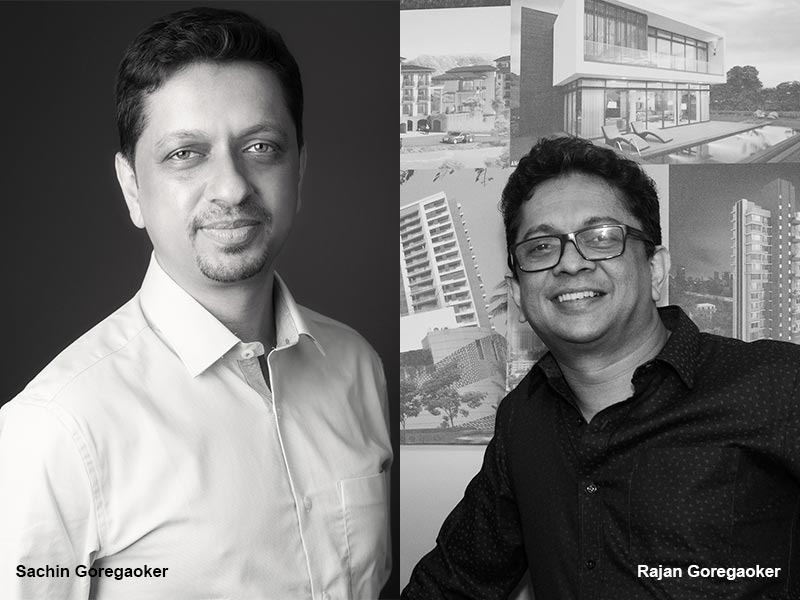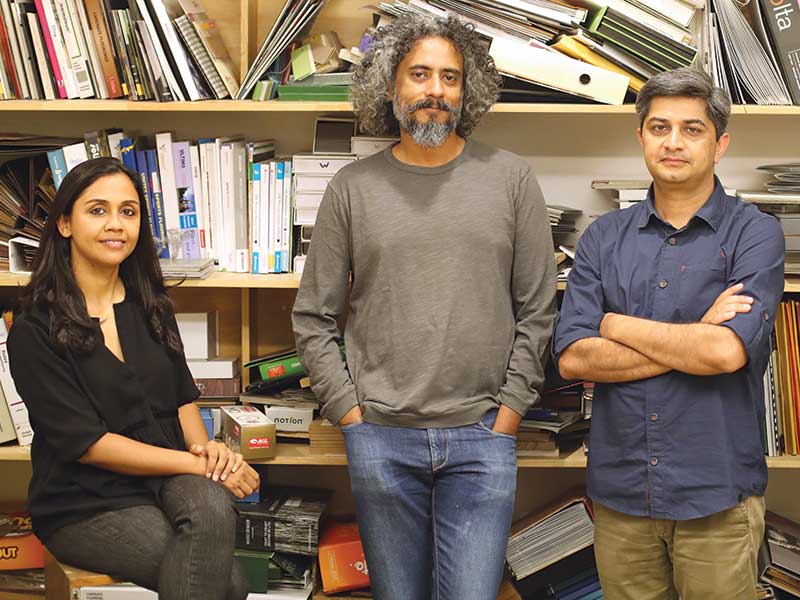
When you think of conventional skyscrapers, you think of high gloss cladding, sparkling glass facades and a whole lot of drama, which could be absent in regular tall buildings. Computer modelling software has enabled architects and engineers to create unseen forms with dynamic twists and curves, both horizontally and vertically, resulting in some extraordinary creations.
Technological innovations in the building industry should be aimed at disaster management systems in a swift and decisive way so that their impact on the occupants and the surroundings is minimised
High rise buildings, however, have challenges that the risk-management force has to face, and which need serious thought and implementation. Earthquakes, floods, fire, bomb-threats etc. can come without warning; it is, therefore, imperative that more competent disaster management systems be put in place and ensure that habitants are aware of all emergency systems and their usage.
Recent advances in materials, science and engineering make it possible to design construction materials for specific performances. Under high temperatures, a new generation of cement-based or ceramic composite materials can be employed in innovative ways on critical structural components, providing redundancy of fire resistance, fireproofing, etc. This would increase the time of dimensional stability of the structural components, thus increasing the time for evacuation.

Studies have shown that at the time of a disaster, a significant number of casualties have been caused by escape problems. Evacuation problems refer to crowded situations, limited exits, locked exits and mechanical obstacles to the exit. Escape factors refer to unfamiliarity with exits, excessive escape distance, unsuitable choice of exit route, re-entering the building, and belongings catching fire while escaping. Therefore, new high-rises must consider built-in evacuation systems in the design and operation, which would considerably minimise the need for a complete evacuation.
Considerable damage during disasters also include fatalities from the structural collapse of the building and injuries from stampedes. By using advanced technology, we can retrofit the impact resistance of high-rises with improved fire protection through engineered protective systems, redesign communication facilities, use artificial intelligence to detect disasters/threats, and suggest effective ways to alert and manage inhabitants through real-time communication, smart automation systems that shut-down or activate automatically when required and track occupants’ positioning for timely help. Such an advanced safety framework should evaluate the performance of each of these systems with minimal human intervention.















